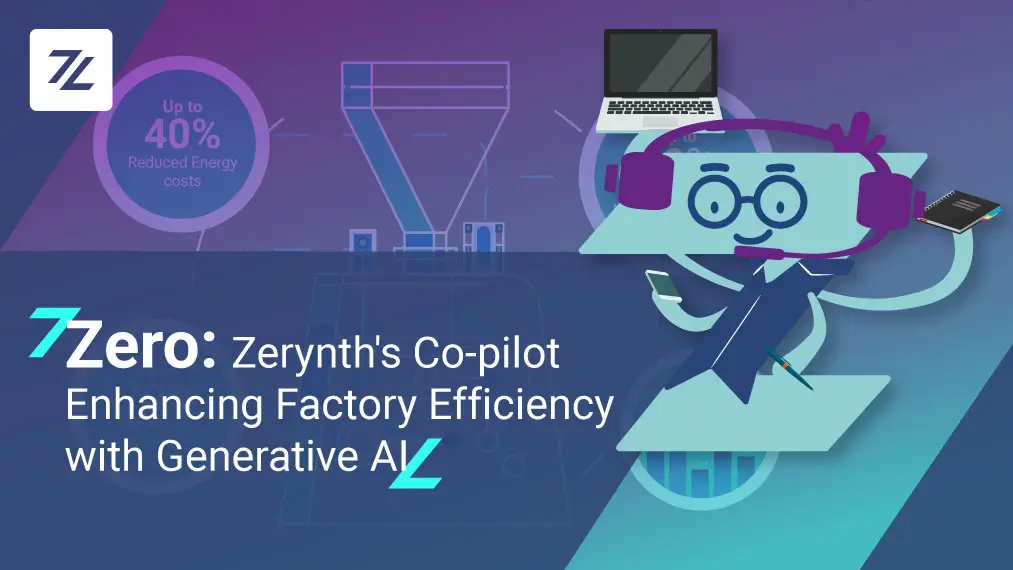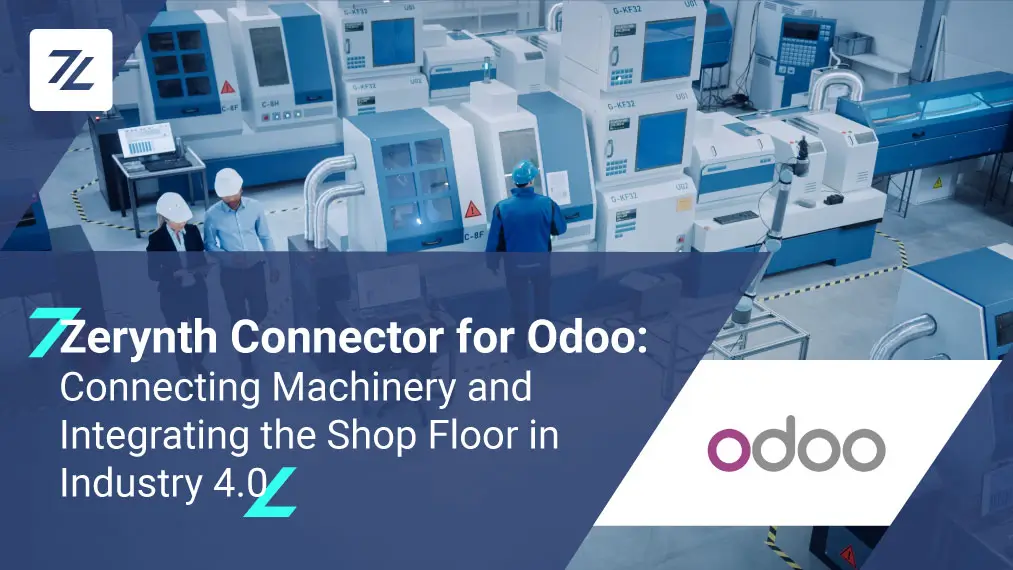Since 2003, SparkFun‘s products and resources are designed to make the world of electronics more accessible. We love this approach, that matches with our mission to let developers focus on their design, while low-level programming problems are left behind.
At the moment, searching for “SparkFun” in the Zerynth Supported Devices page, you get ESP32 Thing, Esp8266 Thing, and SparkFun Photon RedBoard.
Want to start programming these boards in Python? All you need to do is install Zerynth Studio.
Pick one of the three SparkFun boards and start having fun in Python.
SparkFun ESP32 Thing
ESP32 Thing development board, the successor of ESP826 is where we begin this story of fast and easy IoT development. The board was created by SparkFun to evaluate the ESP-WROOM-32 module. It’s based on the Espressif’s ESP32 microcontroller that carries WiFi, Bluetooth low energy (BLE), and Low Power support all in a single chip. ESP32 Thing can be a great building block in your IoT development, especially now, that you know you can use Python with Zerynth Studio.
SparkFun Esp8266 Thing
The above mentioned ESP8266 Thing development board is based on the Espressif Systems ESP8266 MCU and features 512 KB of flash memory, 80MHz of system clock, around 50k of usable RAM. On top of that, it also has an on-chip WiFi Transceiver. You won’t be needing any peripheral components to program the chip onboard – The ESP8266 Thing has a USB-to-serial converter.
SparkFun Photon RedBoard
And last, but by no means least, the SparkFun Photon RedBoard based on the 32-bit MCU from STMicroelectronics. This development board is intended for creating connected devices. When working in IoT connectivity is your bread and butter. What is great about it, other than it’s programmable in Python with Zerynth Studio? Well, it has an ARM 32-bit Cortex™-M3 CPU Core, 1MB of internal flash memory, 128KB of Ram, 1MB of extra SPI flash and 120 MHz of clock.
Zerynth Studio makes it easy
The only thing you need is Zerynth Studio installed on your PC. So go ahead and visit the page where you can download it for Windows, Linux, or Mac.
Zerynth Studio is a simple yet powerful IDE and an accompanying Toolchain that will help you on your journey of developing IoT applications in Python.
For more information on how to get started with Zerynth, visit our “Get Started” page.
You can also visit our Community Forum. There you’ll find like-minded people with the same kind of questions and projects.
Seeking inspiration? Find it here!
You want to begin, but you need just a bit more encouragement? Do you need to see how other people did it? Don’t worry, we got you covered.
Check out these articles:
- Python on ESP32 – Getting Started – starting from the top of your list it’s the ESP32 MCU that is covered in this tutorial. This particular post covers the beginner-popular example of LED blinking, but with a little twist. The “MultiBlink” example makes many LEDs blink at different frequencies with just a few lines of code, exploiting the multithreading capabilities of Zerynth.
- How to Program ESP8266 in Python with Zerynth – moving on to the ESP8266 we have a tutorial that will get you started. Produced by Espressif Systems, ESP8266 is one of the most widely used MCUs in IoT and embedded development. The tutorial will get you through the basic stuff like a “Hello World” project, and WiFi support using Python.
Until next time,
The Zerynth team








